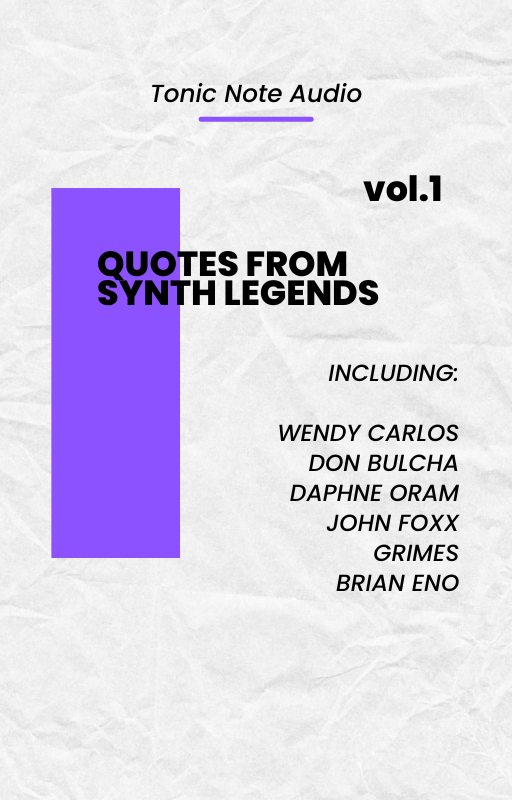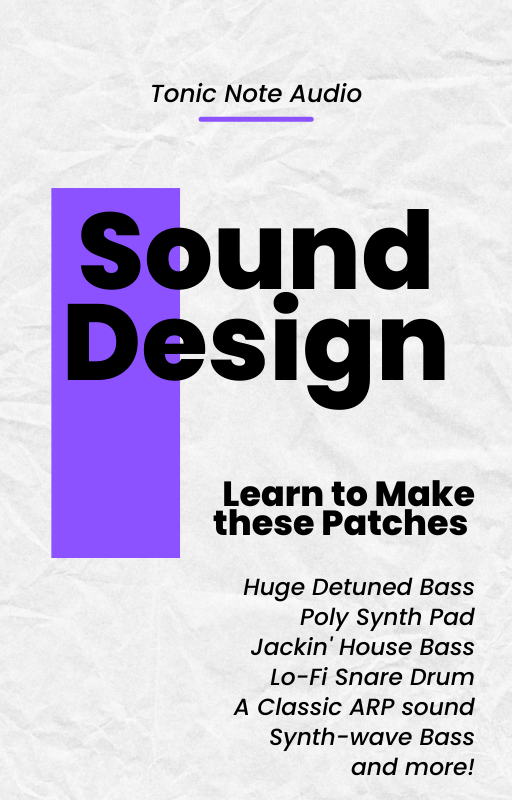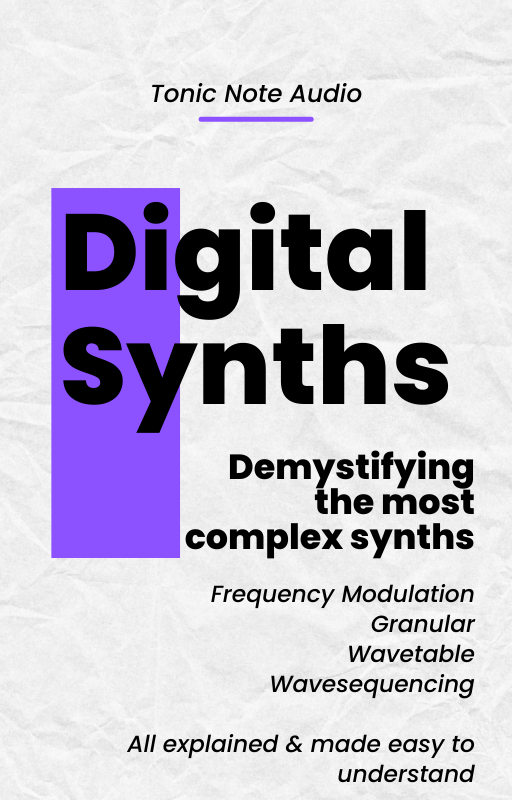Is the “perfect mix” a LIE?
Slanj Va!
Hello and welcome!
You’ve just found your whisky fuelled music production life coach
In today’s blog, we are going to look and see if the “Perfect Mix” is a lie or not.
This is important because I believe in struggling to achieve the “perfect mix” is something that could actually be holding back a lot of music producers
So, we are going to look at 3 reasons why the “Perfect Mix” could be a lie, and use some quotes from famous artists and musicians to help us along the way…
Before we start, I just wanted to offer you a free gift!
Most new producers really struggle with Sound Design, and would love to be able to create the sounds in their head more easily - rather than only using presets.
So, to help you out I’ve written this free, Ultimate Guide to Synths eBook.
It has 27 pages of information, tutorials, and lessons you can follow along to improve your sound design skills.
Register below to receive it!
1) PERFECTION IS A LIE
“Perfection is a lie. It's an idea without an example, an unreachable goal” - Forbes Magazine
This is something that is very important to learn in general, and especially when it comes to creating art and music.
Think of a track you think is “perfect”. I can easily think of a few. However, if you were to ask the creator of that track - or find an interview where they talk about it - I am sure they will STILL mention things they think could have been better about it.
Within us is our own harshest critic & perfectionist who we must learn to ignore if we ever want to finish anything.
In fact, many artists have said it is the imperfections that actually make a work great.
Paul Epworth - a famous producer of Indie artists & even Adele - said in Music Tech Magazine:
“You can spend ages trying to make your track sound perfect, but sometimes you’ve just got to give it some fucking teeth.”
And went on to how he oversaturated every channel on one mix to achieve this!
A personal favourite artist of mine - James Murphy, LCD Soundsystem - has also explained at length on how he thinks it is actually the imperfections in his favourite music that make it so good. (Curious Creatures Podcast, linked below)
And a great quote that leads me to my next point comes from Salvador Dali:
“Have no fear of perfection, you’ll never reach it”
2) PERFECT IS THE ENEMY OF DONE
Quite often, the endless tweaking of parameters to get a mix “perfect” is actually fear & self doubt rearing their ugly heads!
The fear of releasing something to the world you’ve worked hard on, which could then be criticised.
And the self doubt from not trusting your initial, instinctive mix (which you’ve maybe now ruined with all the tweaking!)
So, as Dali says, do not have fear, don’t even aim for perfection. Shed your fear and trust your ears and gut reaction!
You are good enough!
One thing that can help with this, is rather than aiming for “perfect”, have a vision of how you want it to sound.
Is it a glossy pop production?
Is it a dirty, lo-fi dreamy track?
Is it a modern metal behemoth?
Once you have that vision, you can then find good reference tracks, and then aim towards this.
There are also some ways you can always keep improving too…
3) WHAT CAN YOU DO TO GET THE BEST MIXES YOU CAN THEN?
Here are some tips to help you continually improve your mixes, and the main thing I want to emphasise is continuous learning.
Never stop educating yourself in music production. There is so much to learn, and the thing that makes “the best” artists “the best” is that they are always open to learning new things, trying out new tricks, and building upon what they already know.
This can take patience and time, but if you start enjoying the journey rather than always chasing the destination, you’ll be much happier!
BUT it does help to have a map, so here are some things I think you should focus on learning over the next few weeks & months:
Setting levels
Panning & the Stereo Image
EQ - for controlling and colouring the sound
Compression - also learn about how it can control the sound and colour the sound
Time based FX like reverb, delay and chorus
A/B testing of FX
Checking your adjustments work in the whole mix - not just when a track is solo’d
Using Return tracks
How to group tracks and process the groups
Surgical EQ
Using reference tracks
Processing the master bus carefully
CONCLUSION
I hope you enjoyed this free guide!
The big takeaway I want you to have is although perfection does not exist, it is always good to continually try and improve your work, and enjoy learning new techniques and skills.
But don’t let perfectionism and fear hold you back!
Remember, you can still sign up for my free gift!
Most new producers really struggle with Sound Design, and would love to be able to create the sounds in their head more easily - rather than only using presets.
So, to help you out I’ve written this free, Ultimate Guide to Synths eBook.
It has 27 pages of information, tutorials, and lessons you can follow along to improve your sound design skills.
Register above to receive it!
SOURCES
Forbes Magazine & Dali Quote
https://www.forbes.com/sites/jessicahagy/2016/10/20/imperfect-is-everything/?sh=116229995eaa
James Murphy Interview
Paul Epworth
https://musictech.com/features/interviews/paul-epworth-psychedelic-debut-voyager/









